One of my favourite illustrators of all time is Arthur Rackham who was active in the early years of the twentieth century and is most noted for his work in fantasy, another of my favourites is rather different in that he is still alive and working today; Chris Riddell. Whilst the majority of Riddell’s work has been with children’s books he should still be familiar to many adults for he is the political cartoonist for The Observer and has done work for The Economist. Born in the early sixties, Riddell went on to study illustration at Brighton Polytechnic (not far from where I live) where he currently lives; major influences on his work include John Tenniel (famous for originally illustrating ‘Alice’s adventures in Wonderland’), E.H. Shepard and W. Heath Robinson.
Riddell has won numerous awards, many for his artwork in children’s books, of which he has written quite a few himself, but perhaps his most widely known works are his illustrations for the Edge Chronicles series of books which he collaborated on with Paul Stewart. This partnership was extended when they both produced the Wyrmweald trilogy, aimed more at teenagers than children and with fantastic artwork from Riddell. His style of drawing is very distinctive, working well in both black-and-white or colour, it is highly detailed with many fine lines making up an image rather than several bold ones. He is also good at exaggerating features without it looking like a bad cartoon, there is always movement to his work that brings them to life and he is most fond of the cross-hatch.
The number of books that Chris Riddell has either illustrated or written and illustrated is far too large for me to do them justice here so I am merely going to showcase the few books carrying his work that I do own. Starting with his most popular (in terms of copies sold) works – the Edge Chronicles – which are a fantasy series set in a vast unexplored world filled with strange creatures and peoples and involving mad professors, huge wars, cunning demons and smashing heroics. Riddell has done an amazing job depicting all of these imaginative monsters and memorable characters who are described in the text, the action scenes are particularly good, yet at the same time he leaves enough to the readers imagination. Of especial note is the super front cover illustrations which he did in full colour for each book; they look like film posters and showcase the adventures within.
On a similar vein is the Wyrmweald trilogy, still set in a vast fantasy landscape with strange creatures, nasty villains and suitable heroes but with a gory edge, added sex and truly frightening bad guys that make it clearly aimed at an older audience. To match the mature tone of the books Riddell has limited his illustrations to striking page-length border panels at the beginning of each chapter. These thin boxes might seem a challenge to draw in, but Riddell uses them to hide things rather than reveal – he adds tension and mystery to the story by depicting shadowy figures and only the parts of a person that we need to see.
Next is a truly wondrous book, ‘Gulliver’, an modern adaptation of Johnathan Swift’s original novel illustrated profusely by Riddell in both bright ecstatic colour and simple black line drawings. The number of individual drawings number in their hundreds for this book and with many of them in colour it must have been quite a job for Riddell – and by Jove it was worth it! There is not a single page without a picture, many of them having several, which makes it very fun to read as well as very helpful for children (which this new text is clearly intended to be) and brings to life a classic story in a way never achieved before.
Lastly is a bit of a one-off book, and quite a special one at that, written by none other than Neil Gaiman and essentially a re-telling of one of the most classic fairy-tales ever written; but with a dark twist all the way through that makes it more suitable for teenagers than children. ‘The Sleeper and the Spindle’ has one of the best cover designs I have ever seen – the dust cover is illustrated by Riddell with rose vines and is made of a strong tracing paper through which can be seen another illustration – of a sleeping woman. Inside the book every page has a drawing in black and white only, though some have lovely gilt highlights, the drawings themselves are some of Riddell’s finest work and are exquisitely detailed. Overall this is a fantastically written fairy-story with fantastic illustrations and a great piece of publishing by Bloomsbury which I doubt will be repeated to the same quality again.
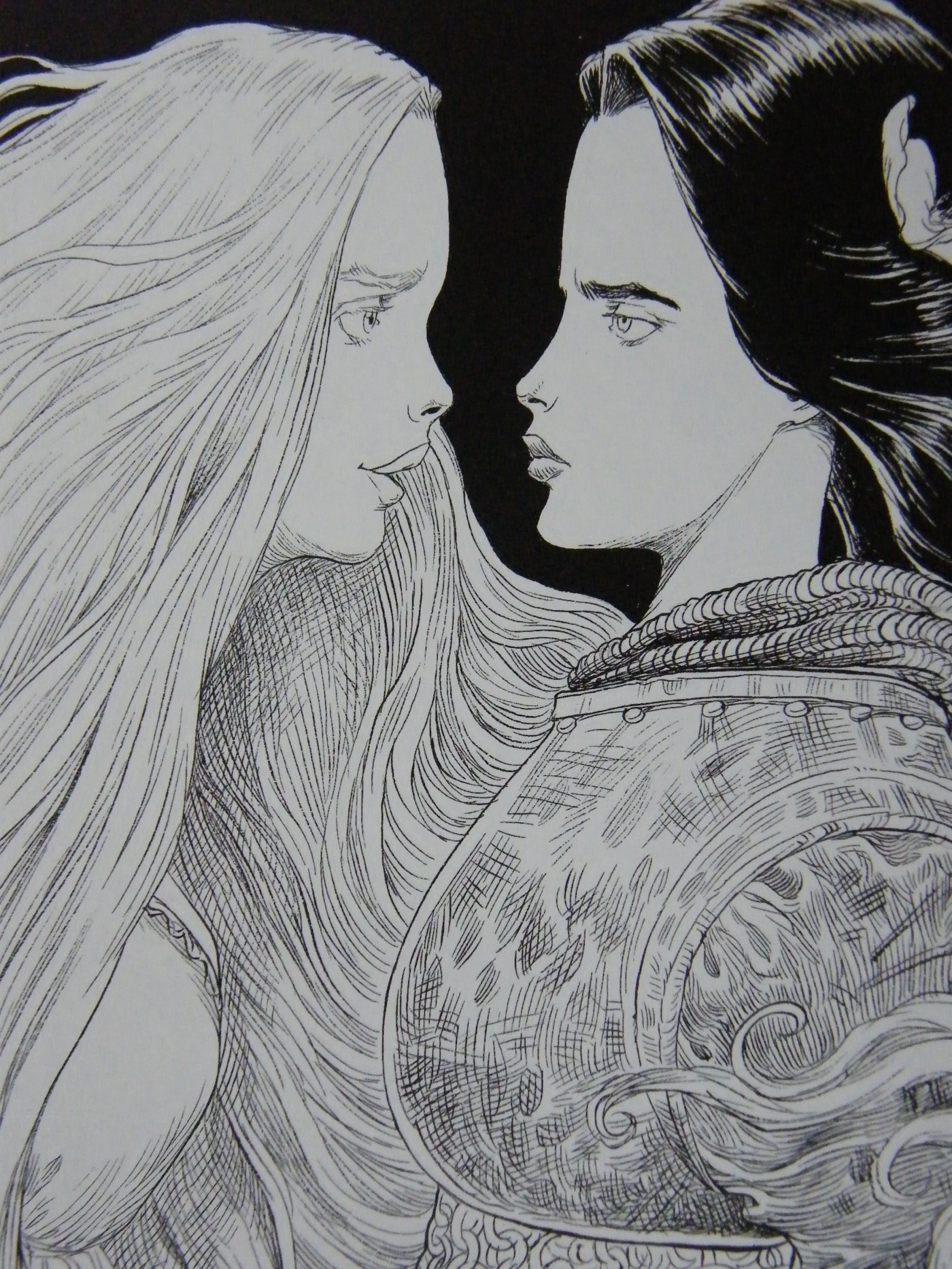
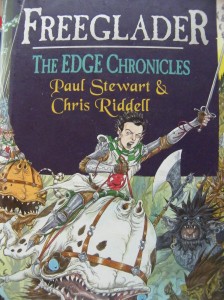
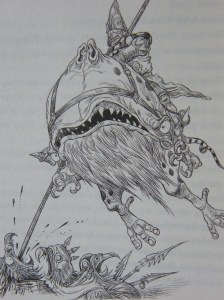
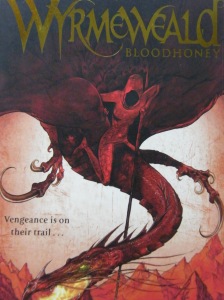
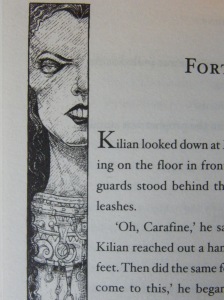
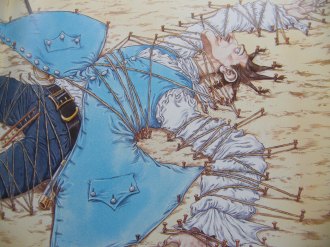
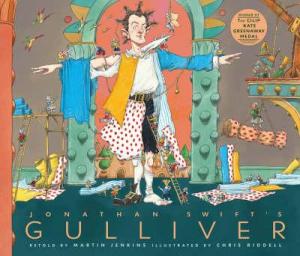
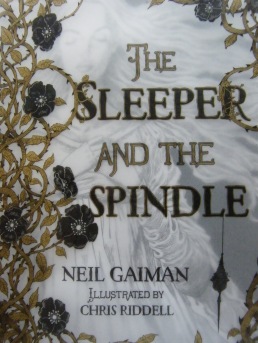
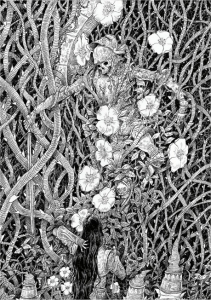

Leave a comment